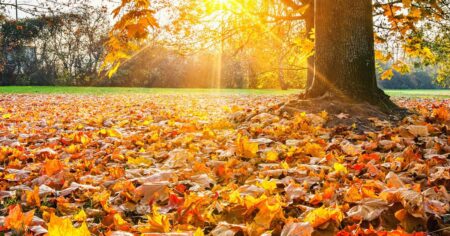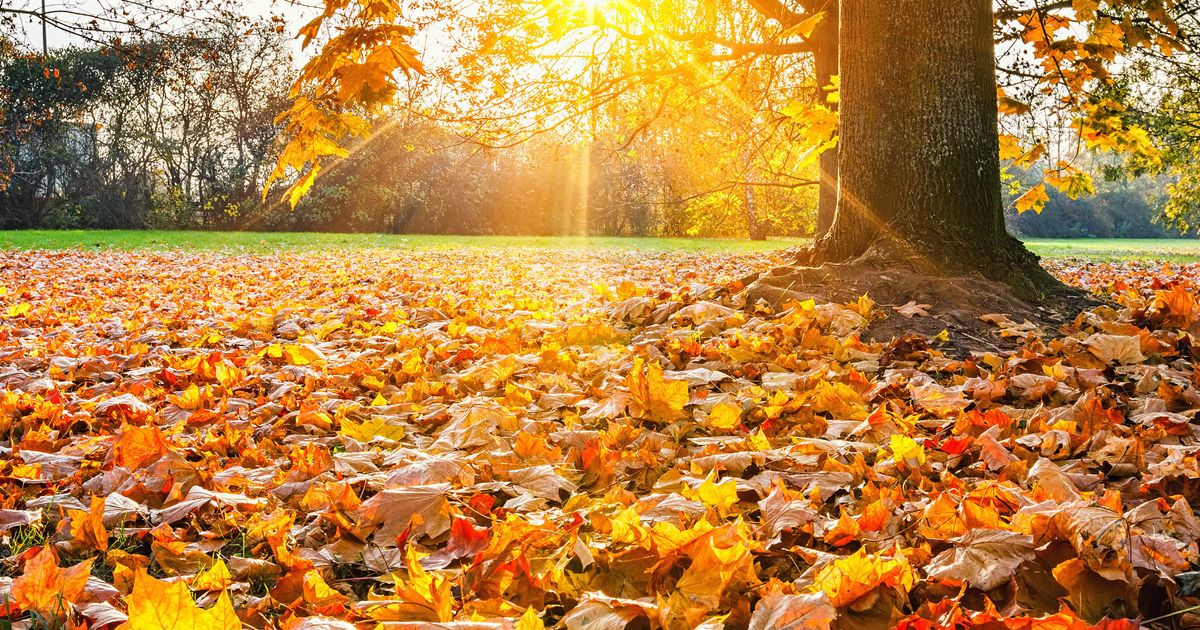 We explain everything about autumn, its characteristics and when it occurs in each hemisphere. Also, what are the seasons of the year?
We explain everything about autumn, its characteristics and when it occurs in each hemisphere. Also, what are the seasons of the year?
Hear
3 min. Reading
Autumn is the season characterized by the gradual drop in temperature.
What is autumn?
Autumn is one of the four seasons of the year in the temperate zones of the world, located between summer and winter in the seasonal cycle. Being a transit station towards winter, it is characterized by the gradual drop in temperatures and especially by the fall of the leaves of the deciduous trees.
As it happens with the rest of the seasons, autumn takes place once a year in a fixed period of more or less three months , established in each planetary hemisphere in an opposite and complementary way: in the northern hemisphere it includes the months of September, October and November, while in the southern hemisphere it includes the months of March, April and May. Normally, autumn is between the autumnal equinox and the winter solstice of each year.
The name “autumn” comes from the Latin autumnus , composed of the voices auctus (derived from the verb augeo , “to increase”) and annus (“year”). The ancient Romans considered it the apogee point of the year, that is, the period in which it reaches its fullness, since from it begins the decline of the cycle that leads to winter and the death or hibernation of many species .
See also: Deciduous forest
autumn features
Broadly speaking, autumn is characterized by:
- The weatherbegins to cool and become unstable . Temperatures transition between summer heat and winter cold, and the days begin to shorten.
- The leaves on the trees tend to yellow, dry and drop, and the trunks are left bare in preparation for winter. In this way, certain plant species protect themselves from the loss of water that low temperatures imply.
- Animal species usually store food or body fat to resist during the winter. Many species hibernate, that is, they enter a phase of torpor and low energy consumption. Others simply grow thicker, warmer fur.
- The agricultural activity is dedicated to the harvest and gathering of the fruits, which is often accompanied by festivals, rites, dances and other traditional manifestations that celebrate the production of food. Other traditions, in the northern hemisphere, have to do with the farewell of the year and the cult of the deceased, as is the case of Halloween , the Day of the Dead and All Saints’ Day.
- The meteorological characteristics of the autumn can vary depending on the climatic strip. In the equatorial region, autumn is non-existent, while in temperate regions it has a more recognizable presence. In the polar regions there is also usually a very short autumn.
Autumn period and duration
Astronomically, autumn is between the autumnal equinox (September 22 or 23 in the northern hemisphere and March 20 or 21 in the southern hemisphere) and the winter solstice (December 21 or 22 in the northern hemisphere and 20 or June 21 in the southern hemisphere).
During this period, the sun goes from distributing its light equally between the two hemispheres (“equinox” comes from the Latin aequus noctis , “equal nights”, since in this period the day and night last the same), to illuminate mostly to one of the two (“solstice” comes from the Latin sol statum , “static sun”).
Like the rest of the seasons, autumn lasts approximately three months .
autumn symbology
Autumn is represented in different ways depending on the culture, but in general the fallen leaves are the universal symbol of the season , especially if they are yellow, brown or reddish. Umbrellas and rain gear are also common identifiers of the season, when climate change often brings abundant rainfall.
The link between autumn and the harvest also produced its association with different fruits and vegetables , such as pumpkins, pumpkins, ears of wheat, acorns, nuts and mushrooms, among other edible products.
The seasons of the year
The seasons of the year are the four stages into which the year is divided in the temperate zones of the planet , each lasting three months and associated with certain climatic and astronomical factors. The seasons are the product of the translation movement of the Earth and the angle of inclination of its axis with respect to the plane of the elliptical : both things cause sunlight to impact in different ways in one hemisphere and in another.
The seasons are four:
- spring. The time of the flowering of life , the gradual warming of the climate as the days get longer than the nights and the greening of nature . It takes place in the northern hemisphere in the months of March, April and May, and in the southern hemisphere in the months of September, October and November.
- summer. The time of maximum heat and greater sunlight, of long days and short nights, in which vacations take place in most cultures . It takes place in the northern hemisphere in the months of June, July and August, and in the southern hemisphere in the months of December, January and February.
- autumn. The time of harvest and hoarding, when the days begin to cool and shorten, and the weather becomes unstable and often rainy. The trees lose their leaves and life prepares for winter. It takes place in the northern hemisphere in the months of September, October and November, and in the southern hemisphere in the months of March, April and May.
- winter. The time of maximum cold, short days and long nights, in which frost, snowfall and other extreme climatic phenomena usually occur. Associated with death, the end of a cycle and with introspection. It takes place in the northern hemisphere in the months of December, January and February, and in the southern hemisphere in the months of June, July and August.
